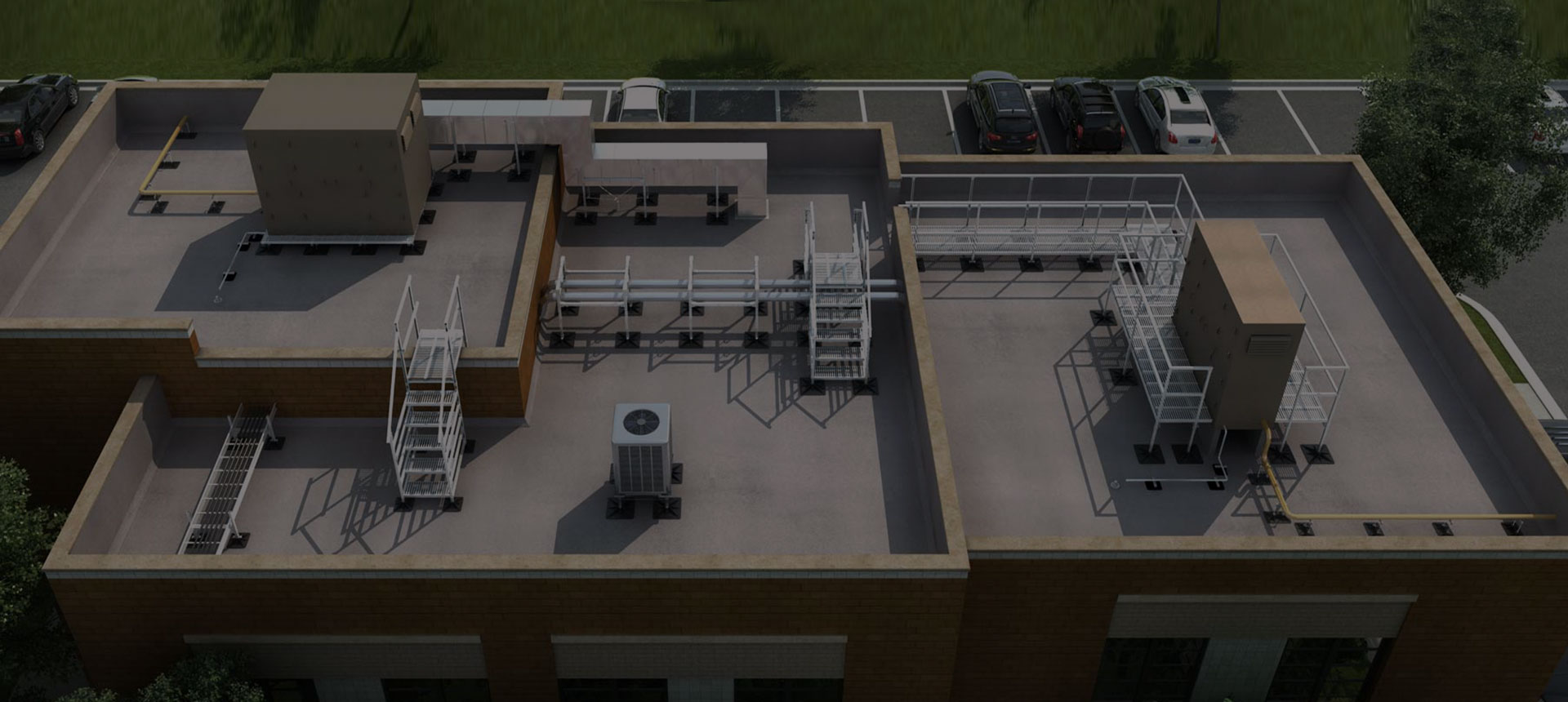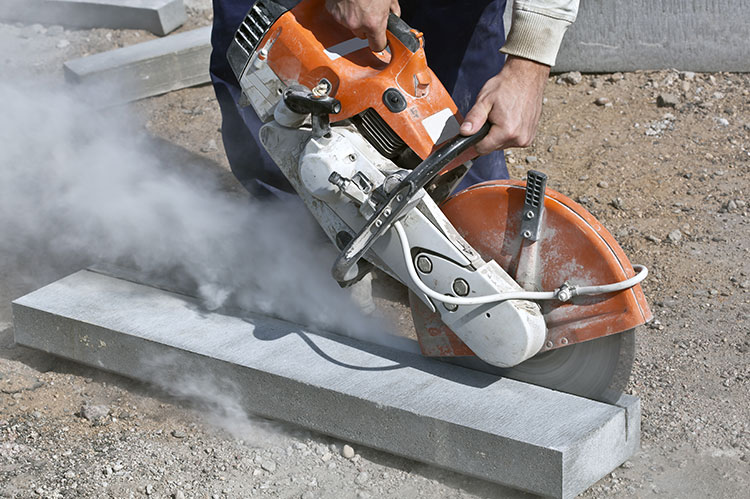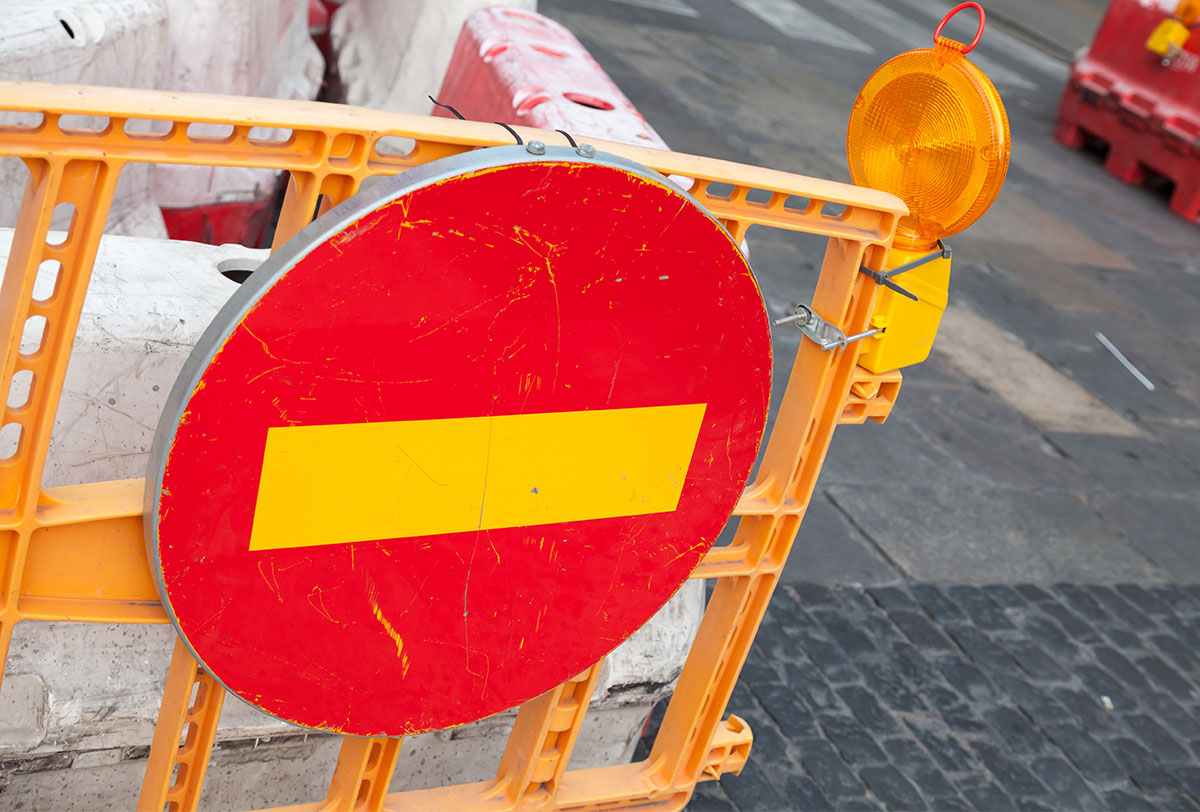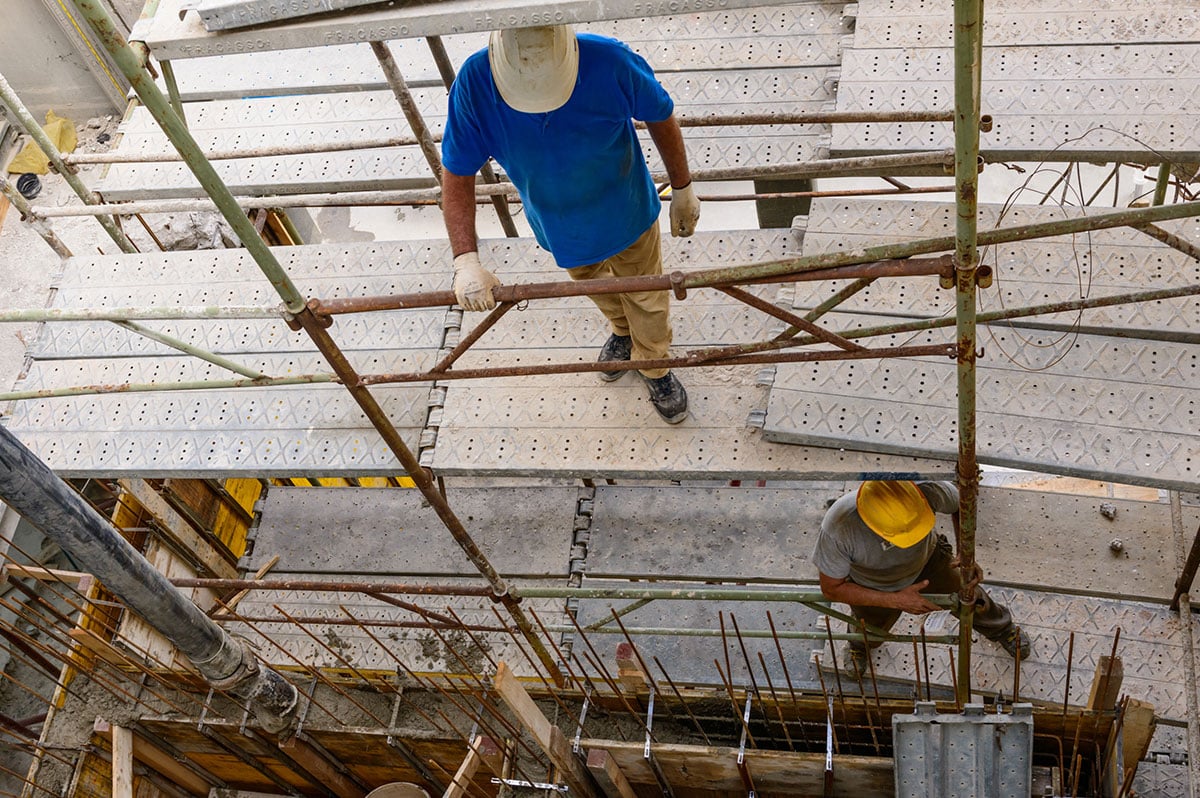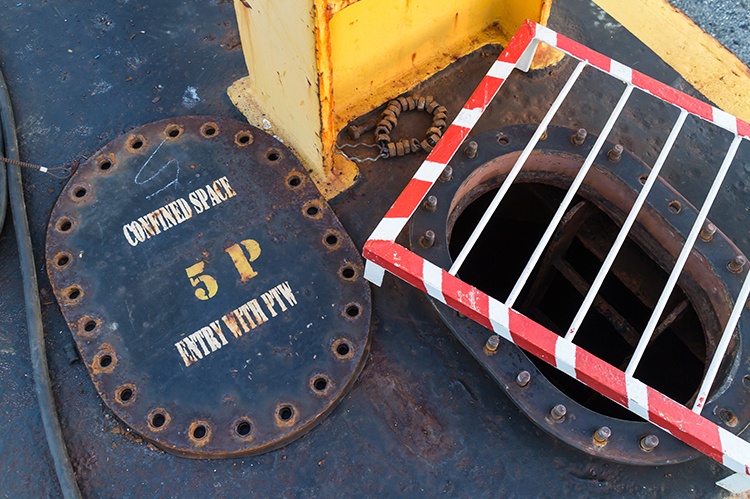Sometime this spring, OSHA is expected to release new rules regulating workers’ exposure to silica dust. These rules are expected to include two sets of standards, one for general and maritime industries, and one for the construction industry – and they could have a huge impact on your roof safety and standard procedures. Here’s what you need to know:
What Are the Differences Between Federal vs. State OSHA Regulations?
Everyone in the construction and/or facilities management industry is familiar with the need to comply with OSHA for worker protection and roof safety. But what a lot of employers don’t realize is that OSHA regulations have limitations – and that some states have passed laws that go above and beyond what the federal program requires.
Topics: Roof Safety
Rooftops are dangerous places and various organizations have done their part to raise awareness and eliminate preventable deaths, and OSHA is no exception. In fact, there are over one thousand OSHA regulations addressing fall safety. That’s more than anyone can keep track of, and even OSHA knows that. That’s the motivation behind the agency’s fall prevention campaign: Not giving companies permission to ignore or violate regulations, but boiling it all down to easy-to-understand, easy-to-implement, common sense guidelines on rooftop safety.
Topics: Roofing Maintenance, Roof Safety
It goes without saying that working in commercial roofing is a risky occupation, but do you really know how risky? The actual numbers may surprise you. Of the top 10 riskiest jobs, roofing comes in at number six. Workers in the roofing industry are three times more likely to have a fatal injury than workers in other industries, and about 50 roofers are killed on the job each year.
Topics: Roof Safety
If you look at photographs taken during the construction of the Empire State Building, it’s obvious that worker safety has come a long way since the 1930s. Back then, it was commonplace for workers to dangle off the side of tall buildings without harnesses, and there were few, if any, hardhats to be seen on construction sites.
Topics: Roofing Management, Roof Safety
OSHA has long regulated work done in confined spaces in the interest of minimizing risks to workers. On August 3, 2015, however, new OSHA regulations went into affect that will significantly impact the construction industry. Are you ready for the changes to come?
Topics: Roofing Maintenance, Roof Safety
9 Critical Things to Know in Case of a Rooftop Safety Emergency
It’s trite but true: Accidents happen. Sometimes, no matter how many precautions you take or how well you train your employees on rooftop safety, something goes wrong. Unfortunately, the nature of working on a roof means that many of the resulting injuries are often very serious. A broken water pipe could cause a slip; an electrical short could cause a shock or a burn. And then there’s the dreaded fall, which can be especially scary when it happens from a high distance.
Topics: Roofing Management, Roof Safety
The OSHA inspector who unexpectedly showed up at your site just wrapped up the closing conference and left the property. Now you’re sitting there with a bunch of notes about citations the inspector plans to file and wondering what to do next. Here’s what you need to know after an OSHA inspection:
Topics: Roofing Management, Roof Safety
4 Summer Roofing Tips Every Maintenance Professional Should Know
When summer temperatures soar, roofing maintenance is not on anyone’s list of fun things to do. But the many factors that can damage a roof don’t take the summer off, so you can’t, either. You do, however, have an obligation to offer your workers as much protection as you can. While there are no specific OSHA regulations that cover heat-related illness, several companies have been cited under the General Duty Clause, which requires employers to provide safe working environments.
Topics: Roofing Maintenance, Roof Safety
Rooftops are inherently dangerous places. The reports are out there: Falls from high places are one of the most common accidents in the workplace. These falls can also be extremely costly. According to OSHA, the incurred claims costs of falls from elevation average approximately $54 million per year. Medical care accounted for roughly 2/3 of those benefits.
Topics: Roofing Maintenance, Roof Safety

